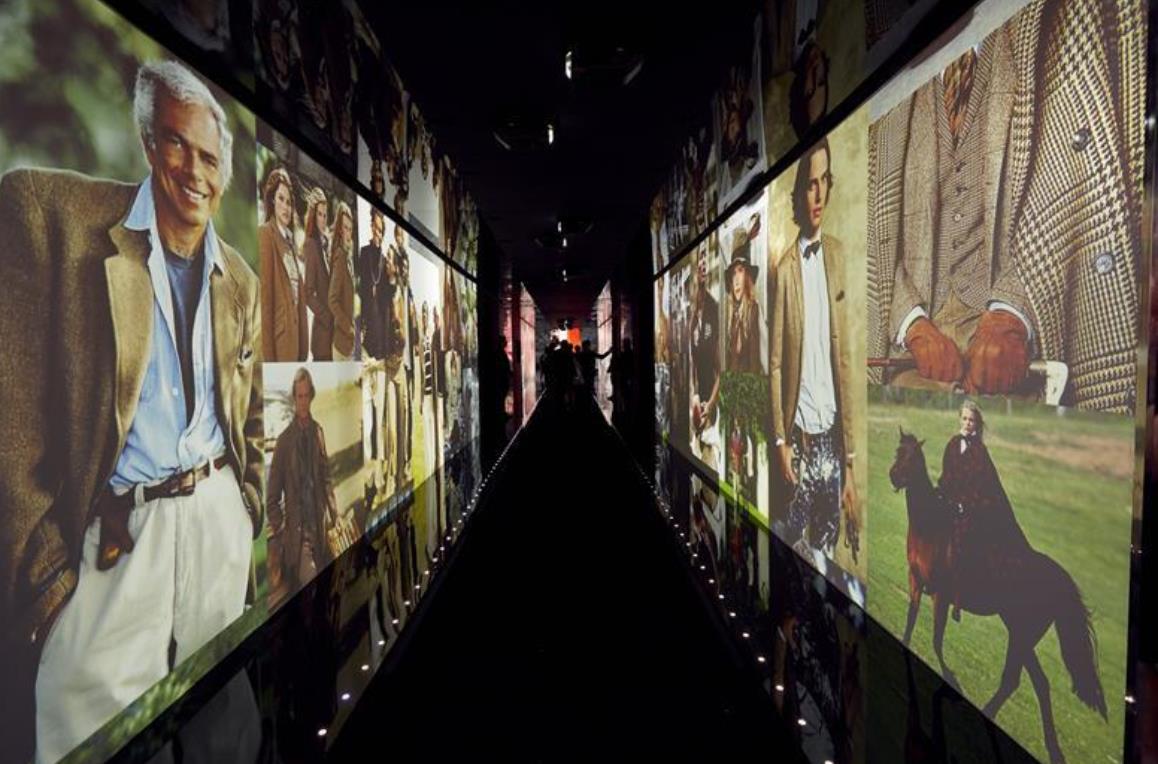Industry Trends
How Ralph Lauren transformed into a data-driven organization reviving brand relevance and driving sales
Source:China Sport ShowRelease time:12-Aug-2021Clicks:
Article From:SGI Europe
The historic American apparel brand’s sales revenue has been in decline. But by using data to understand customers better, it has carved out a brighter future.

Global sales revenues have dropped $7.41 billion in 2015 to $4.40 billion in 2021
But appointing Jonathan Bottomley as chief marketing officer has seen the company overhaul marketing practices
Gathering consumer data has allowed the company to personalize its marketing approach and drive online sales
Ralph Lauren – the historic American luxury apparel brand known for its commitment to classic design – has recorded a sizeable drop in sales revenue over the last six years. But the brand is using tailor-made technological solutions to strengthen customer loyalty and ultimately seek to reverse the trend. Indeed, Ralph Lauren has been so effective and innovative in this field that it won the prize for the best use of segmentation in the 2020 Marketing Week Masters awards.
Market segmentation?
Market segmentation is when companies divide the market into smaller categories of consumers who share similar characteristics. This helps retailers focus marketing efforts on pinpointing the most valuable audiences and adapting marketing strategies to their needs. The four most common forms of segmentation are demographic, psychographic, behavioral and geographic.
A gradual slowdown in sales
Founded by Ralph Lauren (previously Ralph Lifshitz) as a tie-making enterprise, Ralph Lauren quickly expanded into a broader range of apparel and currently runs 13,000 retail locations worldwide. The brand has long been a leader in high-end luxury American apparel.
However, Ralph Lauren has struggled to sustain its momentum of late, its annual revenue dropping from $ 7.41 billion in 2015 to $6.18 billion in 2018 to $4.40 billion in 2021. But strong sales in Asia (up from 13 percent of sales in 2015 and 25 percent in 2021) and strong global digital commerce sales (which in Q4 2021 increased more than 52 percent) offer a glimmer of hope.
Seeking a $1 billion rise in sales between 2018 and 2023, Ralph Lauren appointed Jonathan Bottomley chief marketing officer in 2017. A $100 million increase in marketing budgets over the five-year period was also improved.
Using data to reverse the trend
From the off, Bottomley pledged to “craft” marketing strategies to customers’ needs. Finding that continual online discounts were eroding margins and the brand’s image, he teamed up with Code Worldwide and RAPP. Together, they transformed the business into a data-driven organization with the aim of better understanding customers, devising hyper-personalized customer journeys and reviving the brand with relevance.
Ralph Lauren’s historical data was kept in a variety of silos and segmented only by gender. A steering group was established at senior management level to overhaul data-gathering processes. Through what is known as a 4D segmentation approach, each customer was given both a channel engagement and a discount-elasticity score that measures what level of discount would drive behavior at an individual level. The new system recorded each customer’s purchase and when engagement scores dropped, offering tailored proposals determined by triggers.
Ralph Lauren claims the system increased customer satisfaction scores by 3 percent, saved the company $3.25 million by moving away from mass discounting and generated an additional $22 million in just one year.
©2008-2025 CHINA SPORT SHOW, All Rights Reserved(京ICP备05083596号-2)




